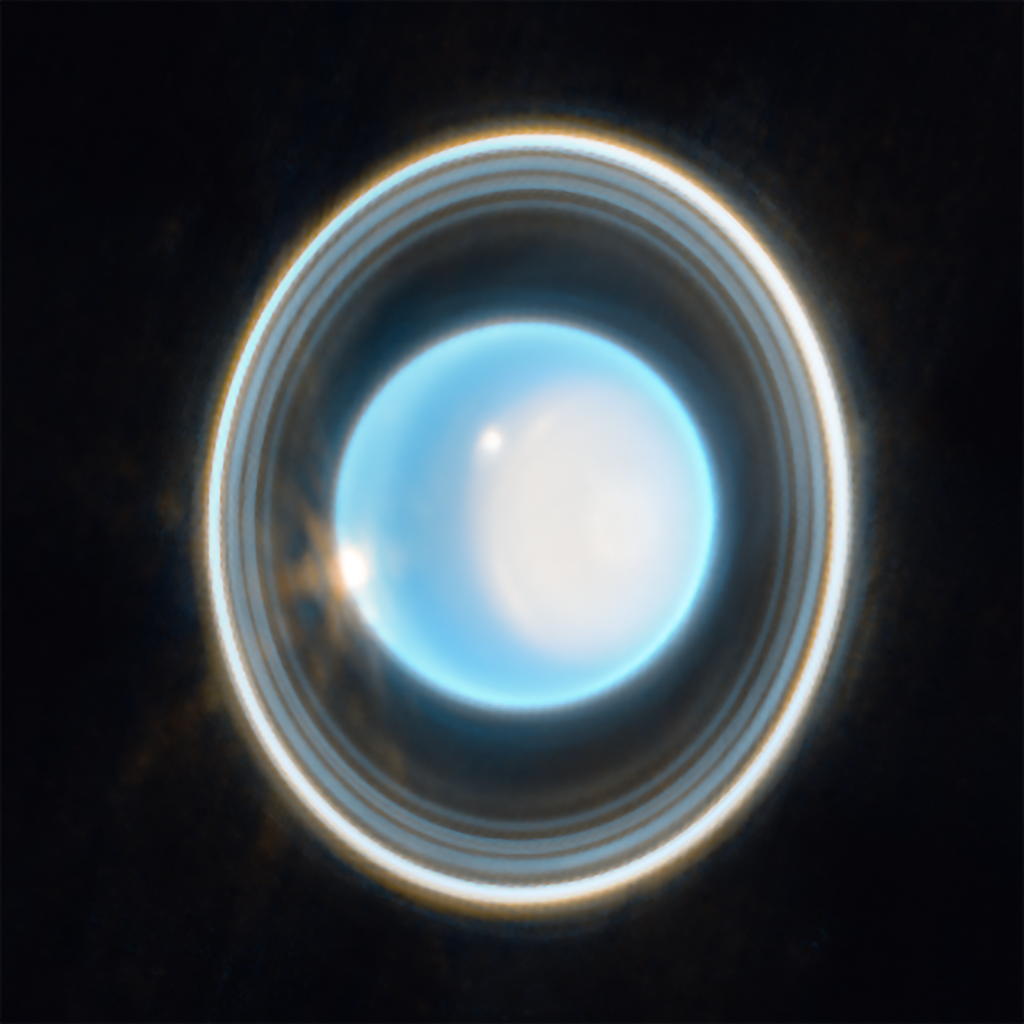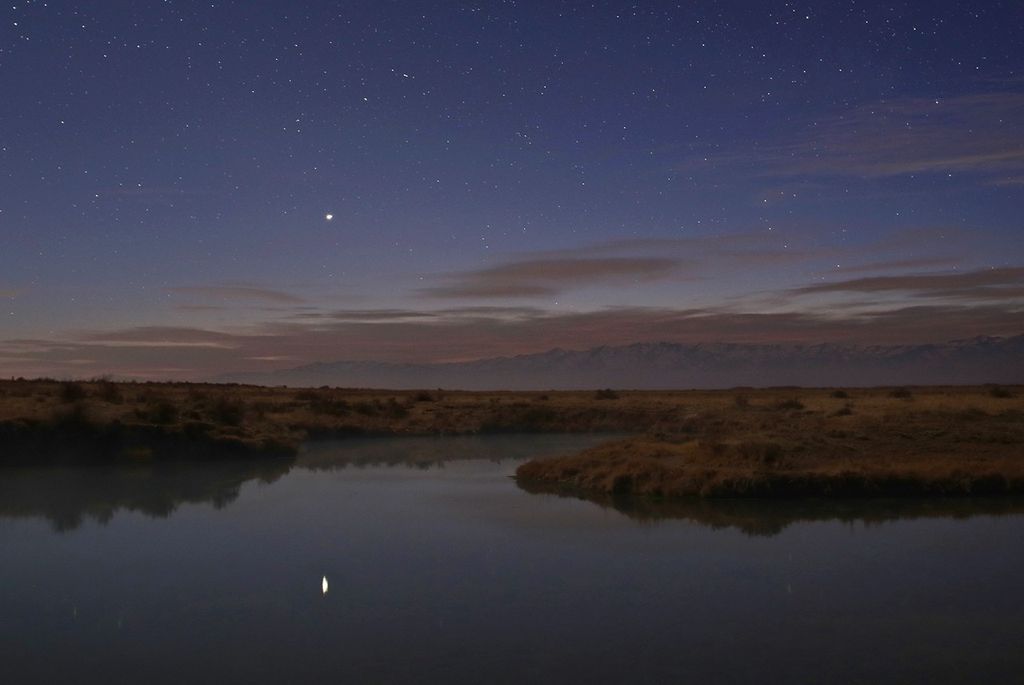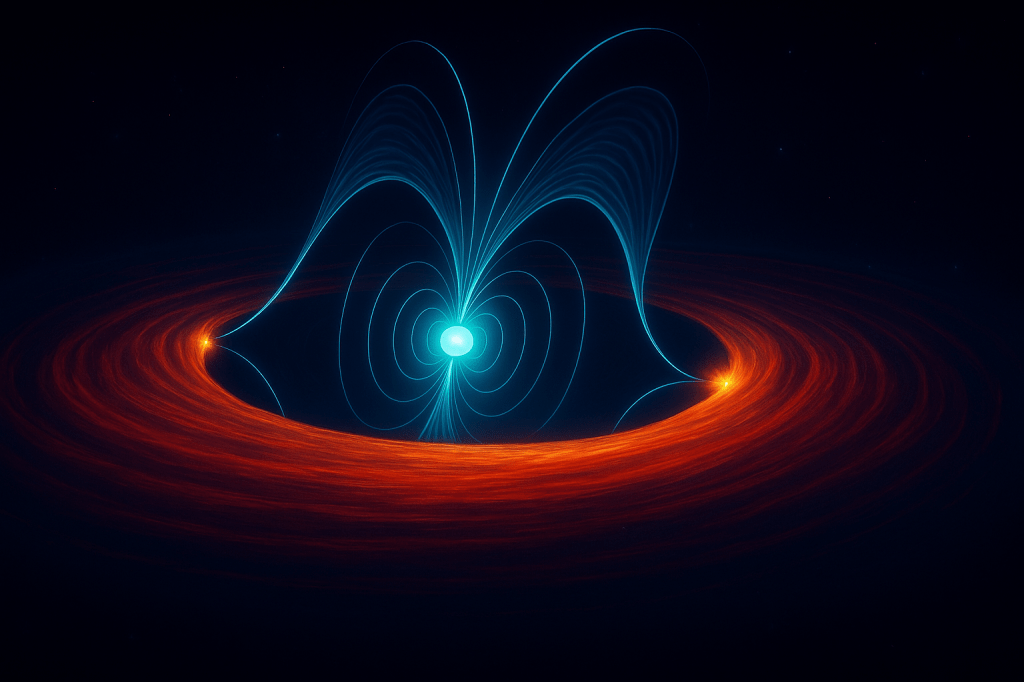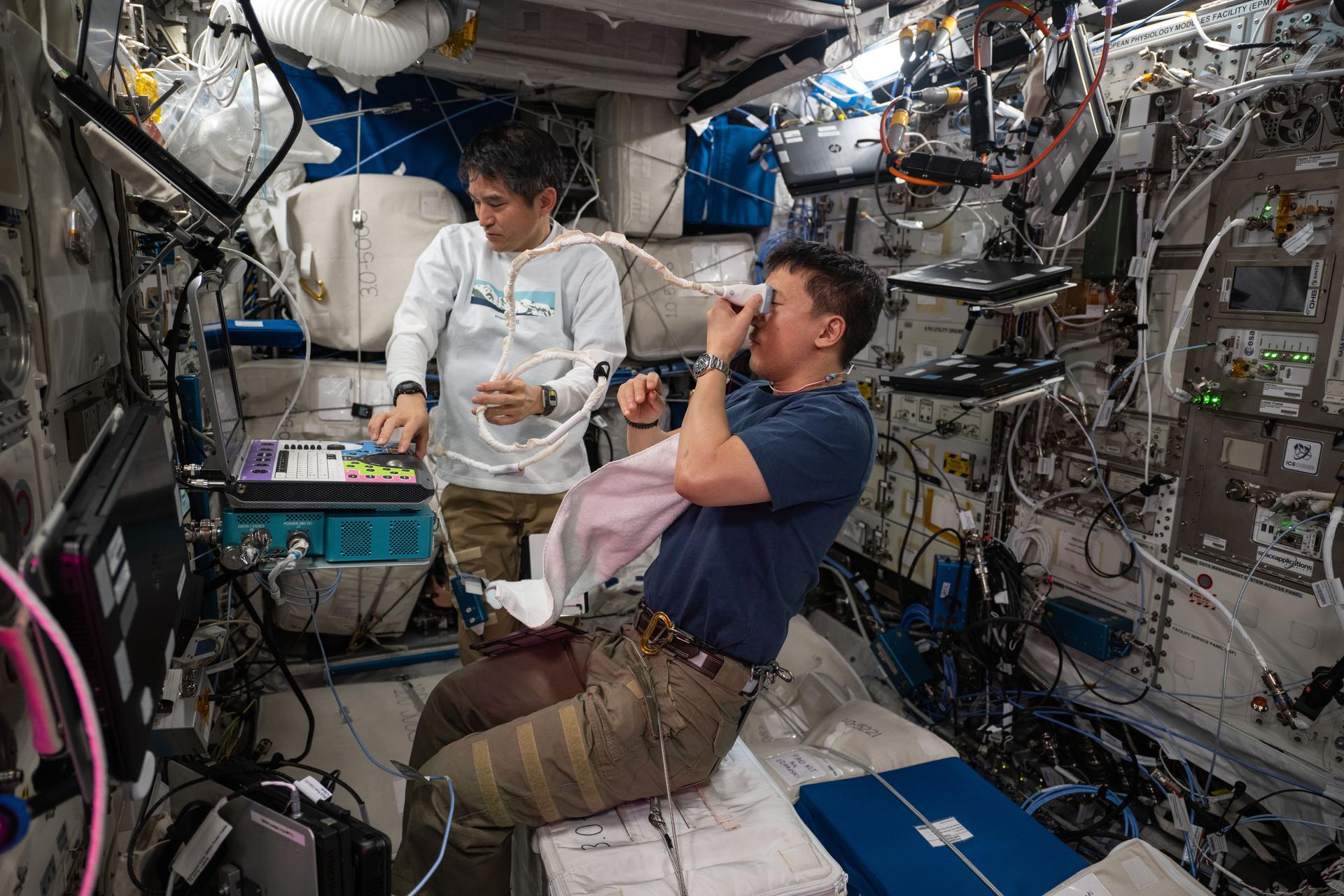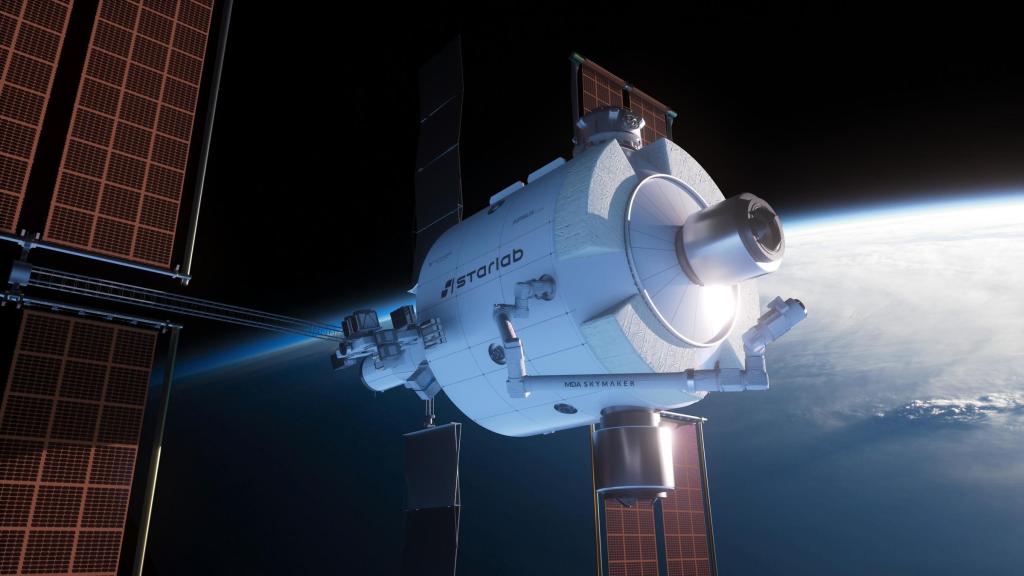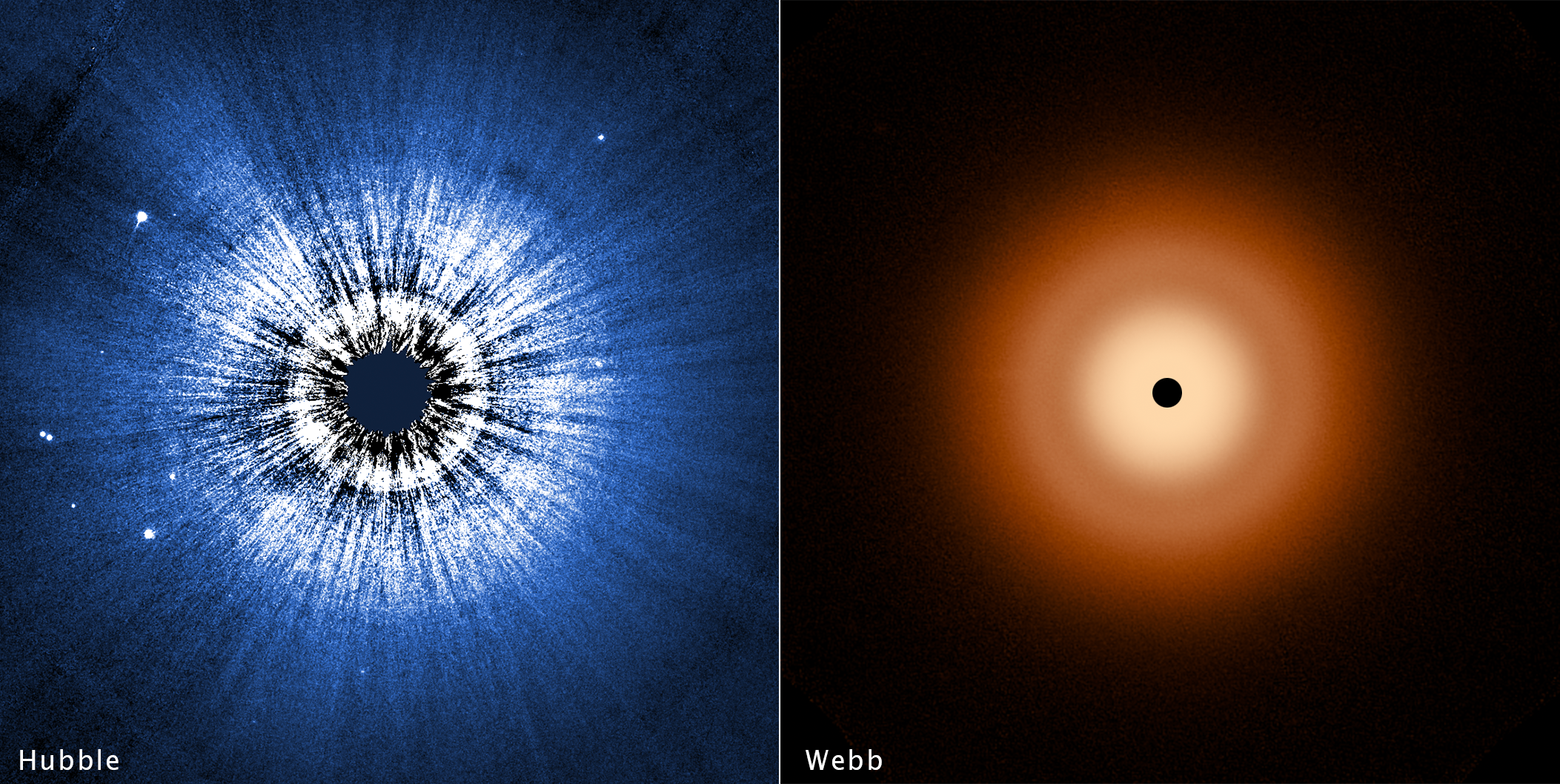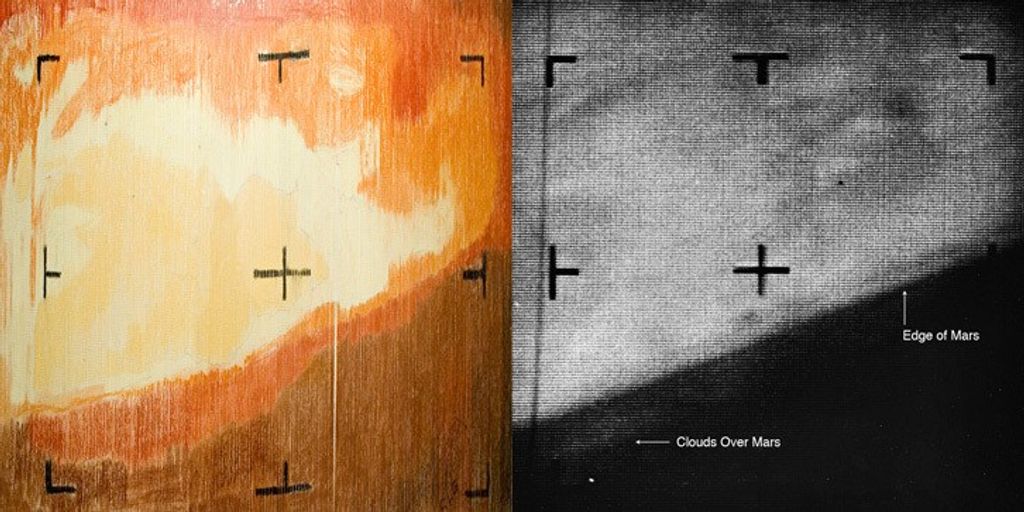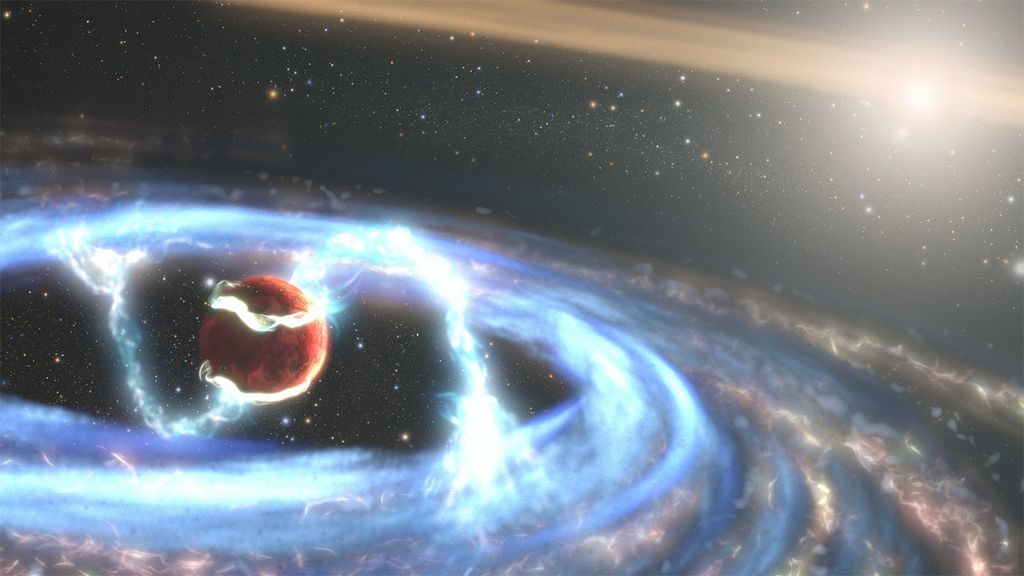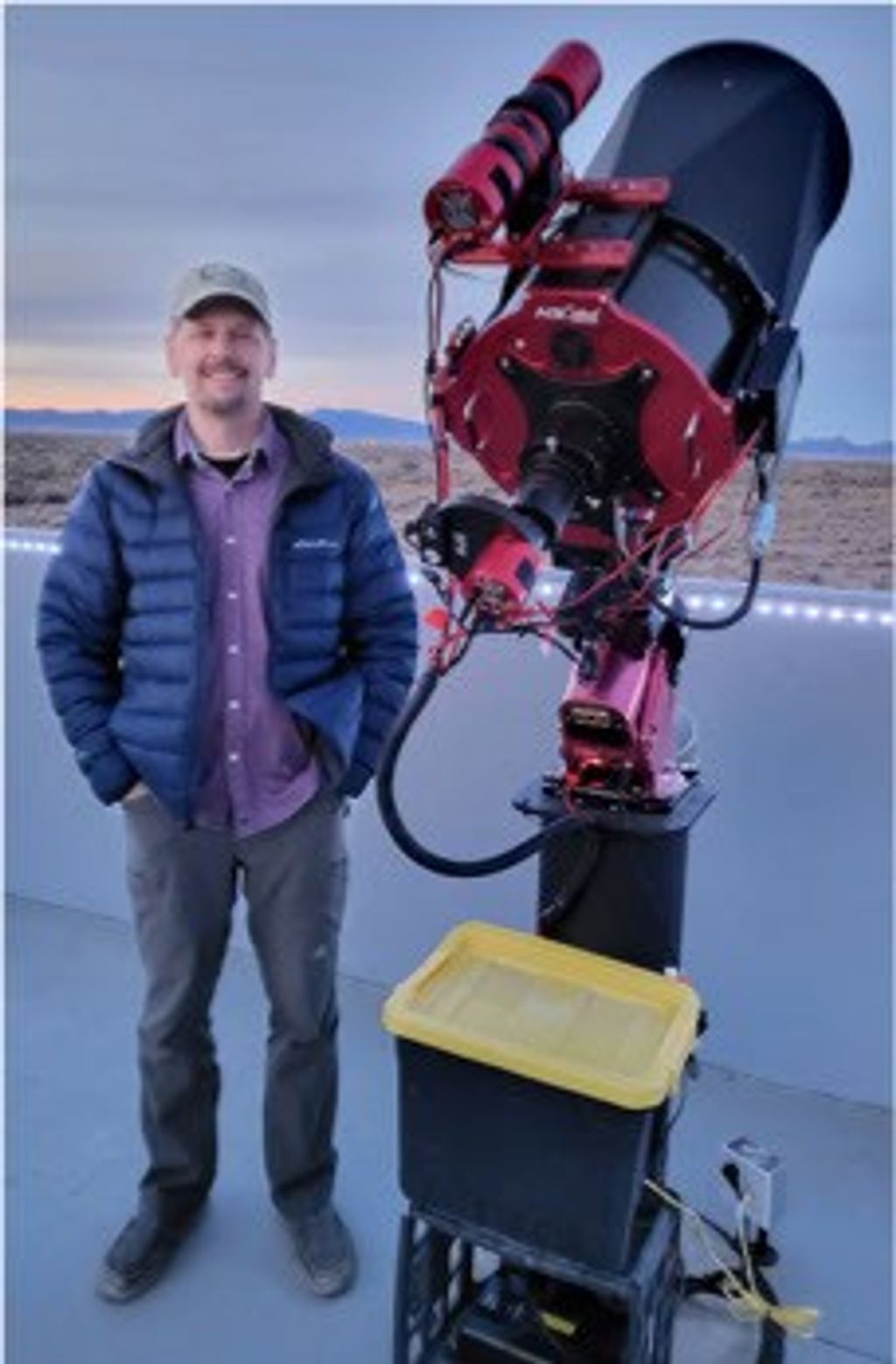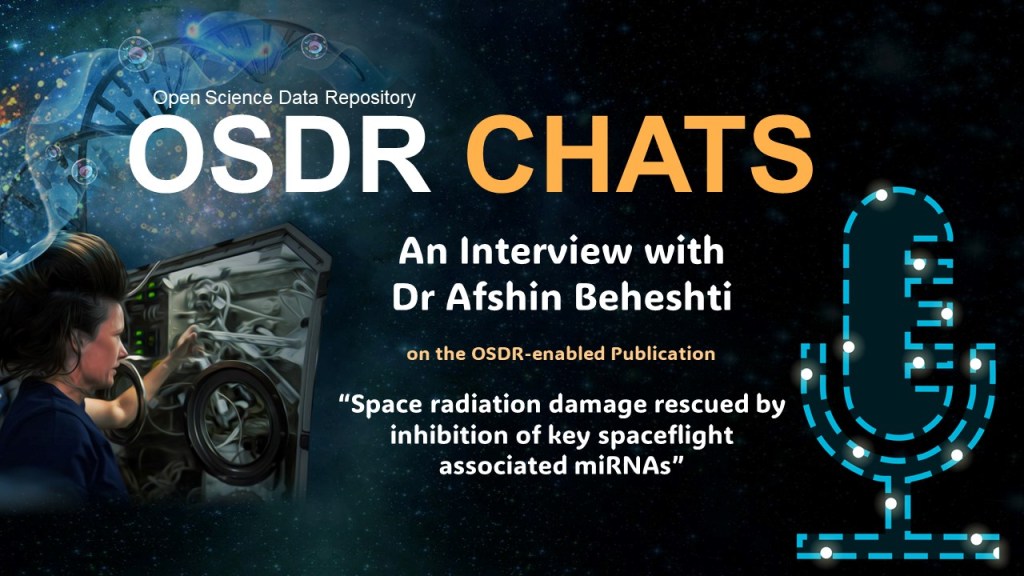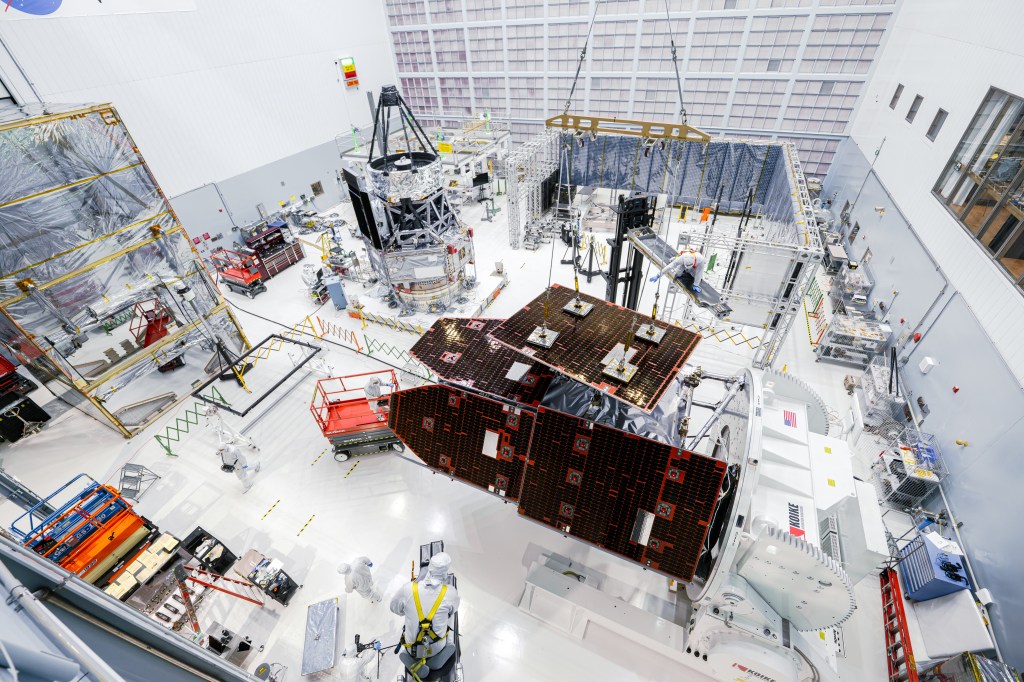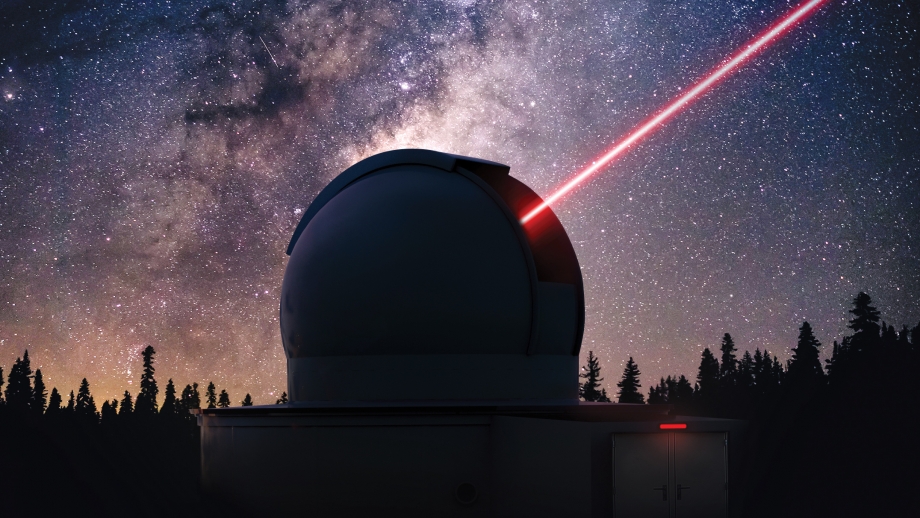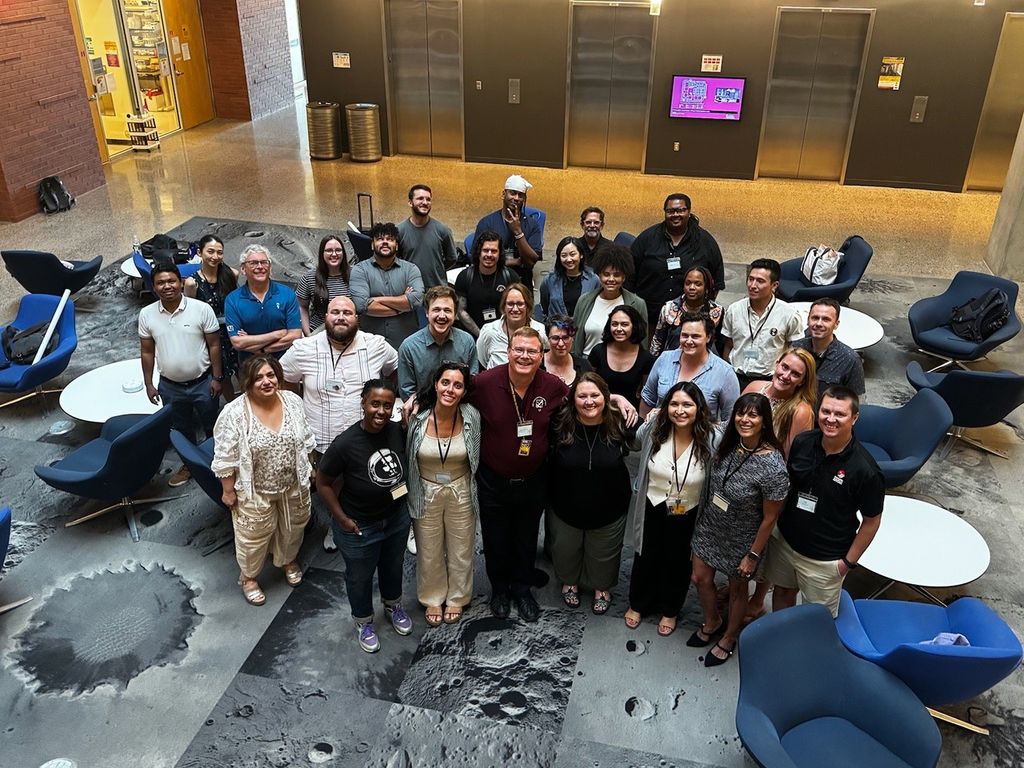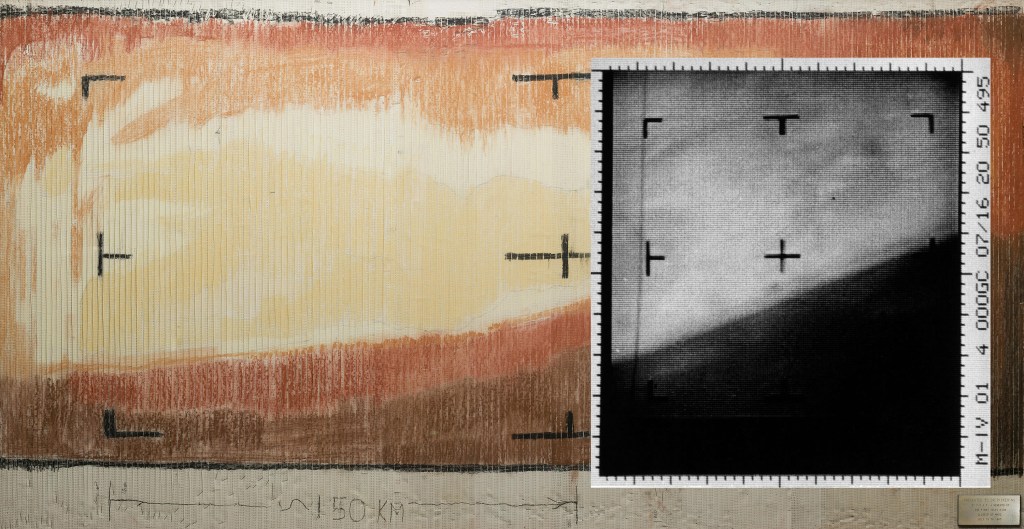Exploring the Interstellar Medium
| Levels |
|
|---|---|
| Material Type |
|
| Heliophysics Big Ideas |
|
| NGSS |
|
| Heliophysics Topics |
|
| Heliophysics Missions |
|
| Related Missions |
|
| Material Cost per Learner | Free |
| Language | English |
These activities introduce the interstellar medium (ISM) using real astronomical observations from space missions and ground-based telescopes. Students will learn about the nature of the ISM, how it interacts with stars and how it can be detected.
Download a PDF of this Teacher Guide: https://cesar.esa.int/upload/201807/exploring_the_ism_teacher_guide.pdf


